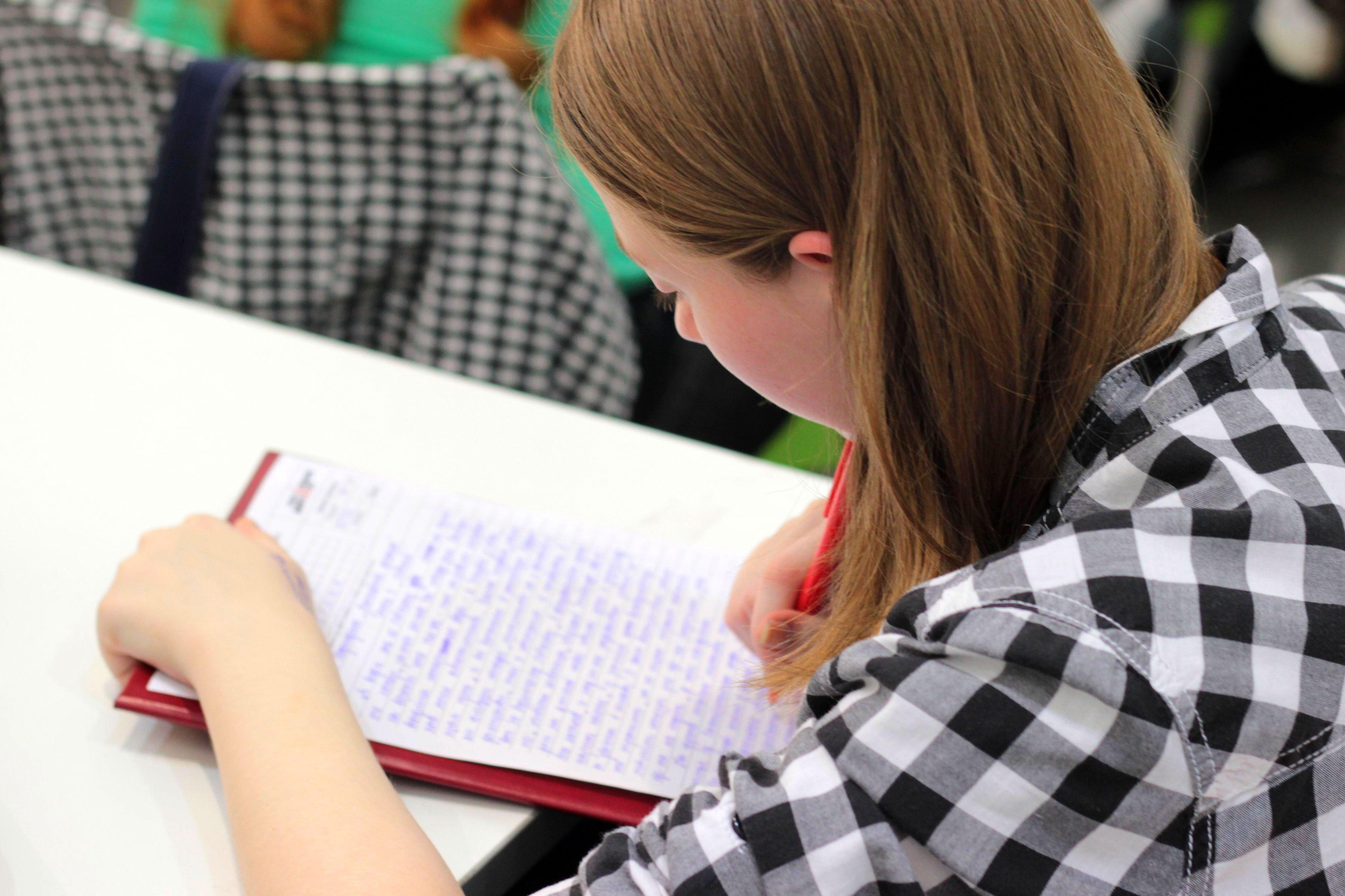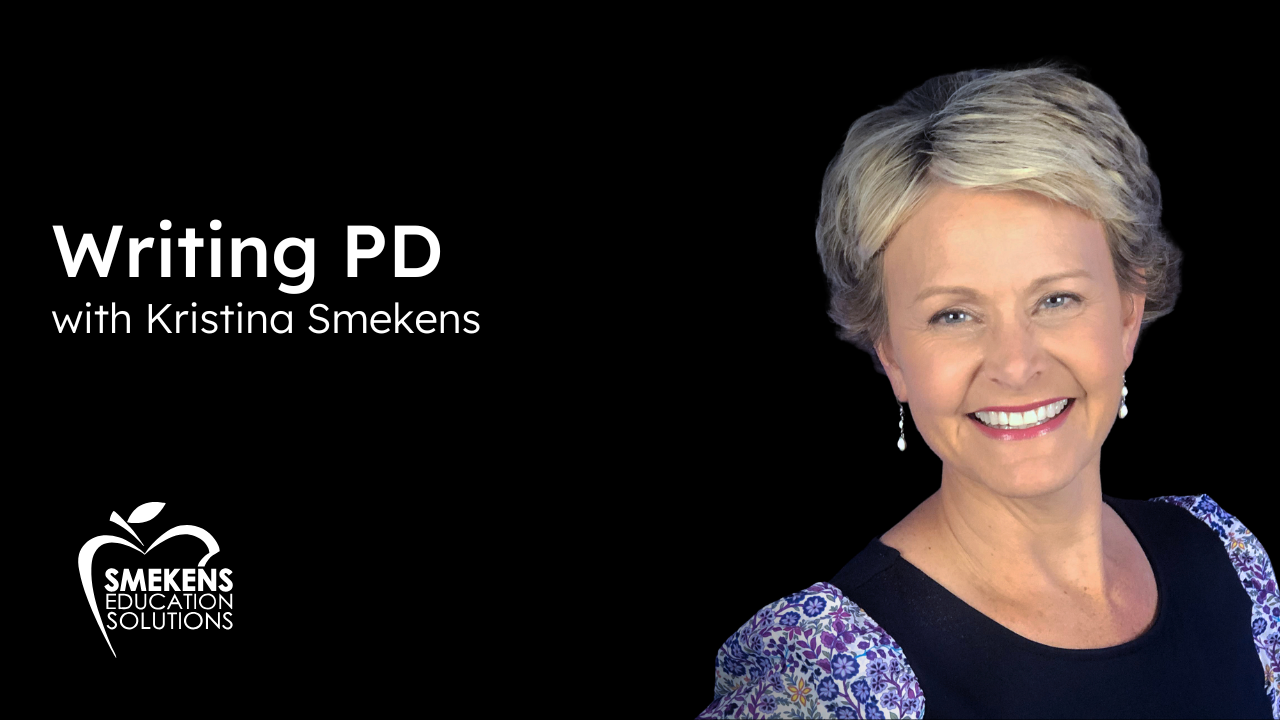English-Language Arts (ELA) teachers don’t need to do the research.
You’re already instinctively aware that writing changes lives.
Teach kids to love writing (and get good at it), and you give them a superpower to pair with any other knowledge or skill set.
Writing well has well known professional and social benefits, but perhaps less often discussed are the research-backed health benefits that writing can have too. The kind of writing that holds this beneficial power is called expressive writing.
Here’s how Foulk and Hoover describe expressive writing in their 1996 article “Incorporating Expressive Writing into the Classroom: (emphasis mine)”
Expressive writing is writing in which the writer is her/his own audience. It needs to be evaluated by no one other than the writer. Transactional writing, in comparison, is the communication of previous learning performed for others. Expressive writing is not creative writing; it is the thought process made visible. When one commits thought to visible, written form, the learning process is enhanced.
I imagine this approach sounds inherently familiar for many teachers. Some might call this writing to learn. But in the world of psychology and design thinking, expressive writing can serve many purposes, including a more nuanced role: writing down your feelings about difficult life experiences.
Here’s how The Greater Good Science Center at the University of California, Berkley explained the benefits of expressive writing, reporting from a study by Pennebaker, Kiecolt-Glaser, & Glaser:
Compared with a control group that wrote about superficial topics, participants who wrote about traumatic experiences for four consecutive days reported greater happiness three months later, visited the doctor less than usual during a six-week period following the writing exercise, and seemed to have a healthier immune system.
And Dr. John F Evans from Psychology Today goes so far as to say expressive writing “is the cornerstone of wellness and writing connections…it is personal and emotional writing without regard to form or other writing conventions.” This takes it a little bit further and perhaps pushes the limits of comfort for some ELA teachers. No regard to form or conventions! BLASPHEMY!
Memoirs: is it appropriate for students to write about trauma in ELA class?

This second definition for expressive writing has special relevance to writing teachers. Many teachers already offer students the chance to write about difficult, even traumatic experiences, particularly when teaching the memoir.
This often involves a line of thinking that offering students a choice of topic can help motivate writers. While that is true, it’s also important to examine the implications for teachers when we look into what the science says about expressive writing.
As soon as I began to explore expressive writing, a few ethical dilemmas popped into my head surrounding its use in the classroom.
- Grading and correcting expressive writing: It can feel wrong to harshly grade an assignment in which a student describes a difficult life event. The same goes for grammar, where it can feel insensitive to correct mistakes on this type of piece. Further, it’s not outside of the realm of possibility for some students to exaggerate or amplify the intensity of certain experiences if they feel it will lead to more lax standards for the work from the teacher.
- Training and readiness: Not all teachers are prepared to have students open up about traumatic experiences. Should they be?
- Psychological guidelines: There are specific guidelines that psychologists recommend when it comes to expressive writing. I know that many teachers, through memoir writing, for example, open up the opportunity for students to write about difficult life experiences. How does the growing research on the suggested process and protocols for expressive writing have implications for teachers who are giving students the chance to write about difficult moments in their lives?
- After effects: Research understandably shows that writers may have an immediate negative emotional effect from writing about difficult or traumatic experiences, but then later experience more positive results as the thoughts are processed. What if ELA teachers worked in tandem with counselors to guide students through writing exercises that had the potential to bring up emotionally challenging but important to process experiences?
![]()
It seems like the perfect intersection of experience required to deal with this challenge is both psychology and writing instruction. Lo and behold, NCTE’s Teaching English in the Two-Year College journal features an article called “Responding to Student Traumatic Writing: A Psychologist’s View” by John MacDevitt. MacDevitt is both a counseling center psychologist and college composition instructor. Here are some of the recommendations he makes, paraphrased by me::
- Don’t require expressive writing, but “allow it and encourage it.” Allow alternatives to writing personal narratives – for example, students could practice most (if not all) of the same writing skills through writing fictional narratives, or research-based narratives on historical figures.
- Communicate the rubric and requirements for the assignment before students pick topics and begin writing. This can help students remember that this writing is for a grade and will be evaluated (and perhaps critiqued) by the teacher.
- After communicating clearly with students, trust them. “Given freedom, most students exercise reasonable judgment in their choice of topics.” (Emphasis mine)
- Build good relationships with students, and your response to students’ expressive writing won’t matter as much as the fact that you’ve been there to read it. MacDevitt suggests that, in most cases, students appreciate simply having a caring adult listen to their experience, and the contents of the response are less important than the presence of a response.
Taking a different approach, college writing professor Saïd Sayrafiezadeh asks students deliberately to write about a traumatic experience. Sayrafiezadeh claims that students can interpret the term trauma in a variety of different ways, and can, therefore, choose almost any topic to write about. However, he hopes they choose something intense and difficult, saying “It’s my hope that they’ll have the space, freedom, and confidence to write the thing they have been so far unable or unwilling to express.”
In his New York Times piece called “How to write about trauma,” Sayrafiezadeh suggests making clear the difference between simply writing about traumatic experiences as a way to get them down on paper, and writing them as a way to communicate to others and tell a good story:
WHAT piece, I asked my class, could I write about my dislocated thumb? Sure, it had been traumatic…But what was significant about this experience? How could I make it emblematic of something larger than just a dislocated thumb, and turn it into a story that someone would want to read?
While it’s important to keep in mind that Sayrafiezadeh teaches college students, his suggestion further supports MacDevitt’s suggestions: build a good relationship with your students, clearly communicate your expectations, and then honestly read and respond to the writing.
ELA teachers have always known about the power of writing. Now, a growing amount of research is supporting the idea that writing helps students in ways more powerful than we thought. Should ELA teachers offer prompts and assignments that fall under “expressive writing” in class? Or is that the duty only of counselors and therapists?
![]()
Check out this Writable assignment for Personal narratives, which includes an explanation of the benefits of writing about difficult experiences and a special caution for students who’ve recently been through a tough time.
Are you new to Writable and curious to learn more? Create a free account, request a quote, or schedule a quick demo.



